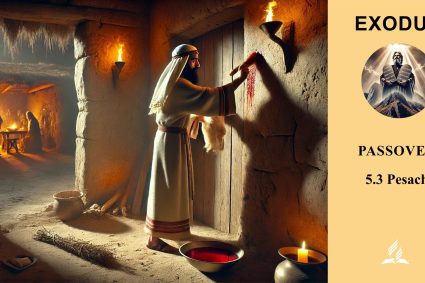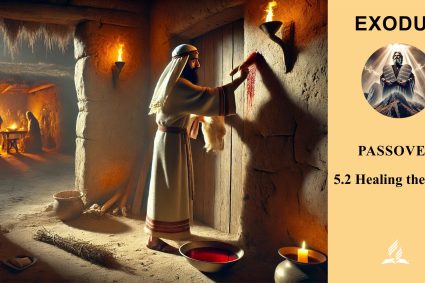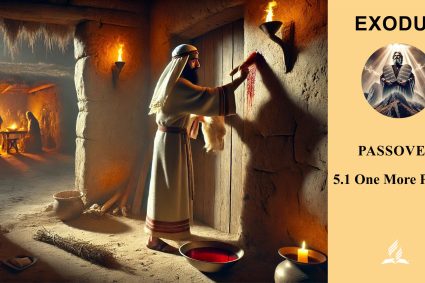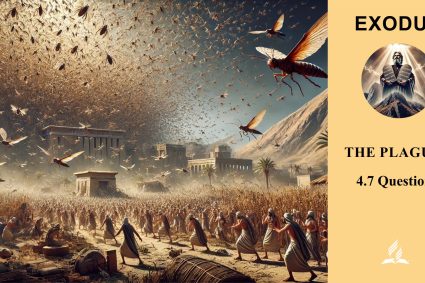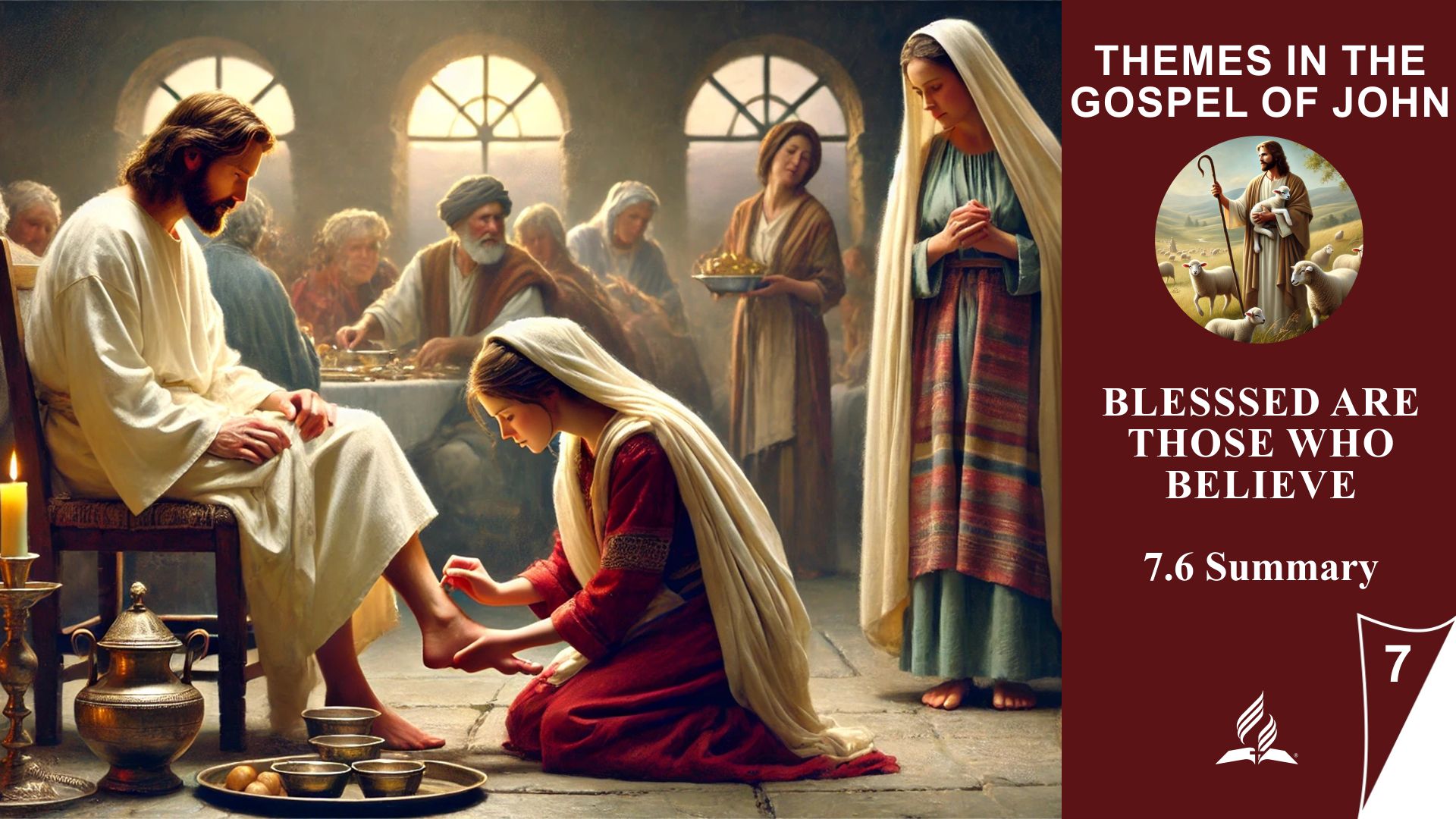


7.6 Summary
Faith Without Seeing – The Path to True Blessing
Lesson 7 covers various witnesses who testify about Jesus in the Gospel of John and how their testimonies inspire and challenge us today.
-
Abraham: Jesus refers to Abraham to show the historical depth of faith. Abraham’s faith and the promises he received illustrate that God’s plan of salvation spanned generations and is fulfilled in Jesus. We are also invited to follow this example of faith.
-
Mary: Mary’s act of anointing Jesus with precious oil demonstrates her devotion and love. She provides a deep testimony of gratitude and dedication, teaching us to use our own gifts in service to Jesus, even when others do not understand.
-
Pilate: Pilate’s judgment shows how external pressures can prevent us from following the truth. Although Pilate recognized Jesus’ innocence, he succumbed to the crowd’s pressure. This reminds us to remain steadfast in our faith and not be swayed by external influences.
-
Thomas: Thomas’ doubt and need for evidence lead him to a personal encounter with the risen Jesus. His story teaches us that doubt can be part of the faith journey and that Jesus meets us in our doubts. True faith often grows by trusting without seeing everything.
-
Our Testimony About Jesus: Finally, we as today’s followers are invited to give our own testimony about Jesus. Even though we have not witnessed the same miracles as the early disciples, we have many reasons to believe in Jesus: the fulfillment of prophecies, the spread of the gospel, and the personal experience of His presence. Our daily lives and actions are powerful testimonies of faith that show others that Jesus lives and is still at work today.
This lesson calls us to appreciate the testimony of other believers, reflect on our own doubts, and be a living, authentic testimony of our faith in Jesus Christ.
The lesson about the witnesses of faith has a direct connection to our everyday life and faith because it shows us that faith is not only about great events or miracles but also about everyday actions and decisions. Each of the witnesses discussed in this lesson—Abraham, Mary, Pilate, Thomas, and the disciples—represents a specific challenge or experience that we also encounter in our faith.
-
Abraham teaches us to trust in God’s promises, even when their fulfillment seems far off. In everyday life, this means remembering that God’s plan is greater than our immediate experiences and that patience and trust are central to faith.
-
Mary shows how devotion and gratitude can express our faith, even when others do not understand. In our daily lives, we can ask ourselves how we can show our love for Jesus through small and large sacrifices, whether through time, compassion, or concrete help for others.
-
Pilate reminds us of the danger of being influenced by societal pressure. His example challenges us to remain steadfast and defend the truth, even if it means going against the tide or facing criticism. Our daily lives offer many moments where we can stand up for our convictions.
-
Thomas teaches us that doubt is a natural part of the faith journey and that Jesus meets us in our doubts. In everyday life, this means that we are allowed to bring our questions and uncertainties to God without shame. True faith often grows through wrestling and seeking, and this is an invitation to trust God in difficult times.
-
Our own testimony challenges us to witness for our faith through our behavior and our lives. It means making Jesus visible through our actions, whether in kindness, forgiveness, or how we handle difficult situations.
This lesson shows us that every person—regardless of how strong or weak they feel—has a role in God’s plan and that our faith is strengthened through lived experiences. It invites us to make God visible in every aspect of our lives and to experience how faith shapes our daily reality.

Faith is not only shown in great deeds but also in the faithfulness and love we live out every day.
(Visited 20 times, 1 visits today)
















